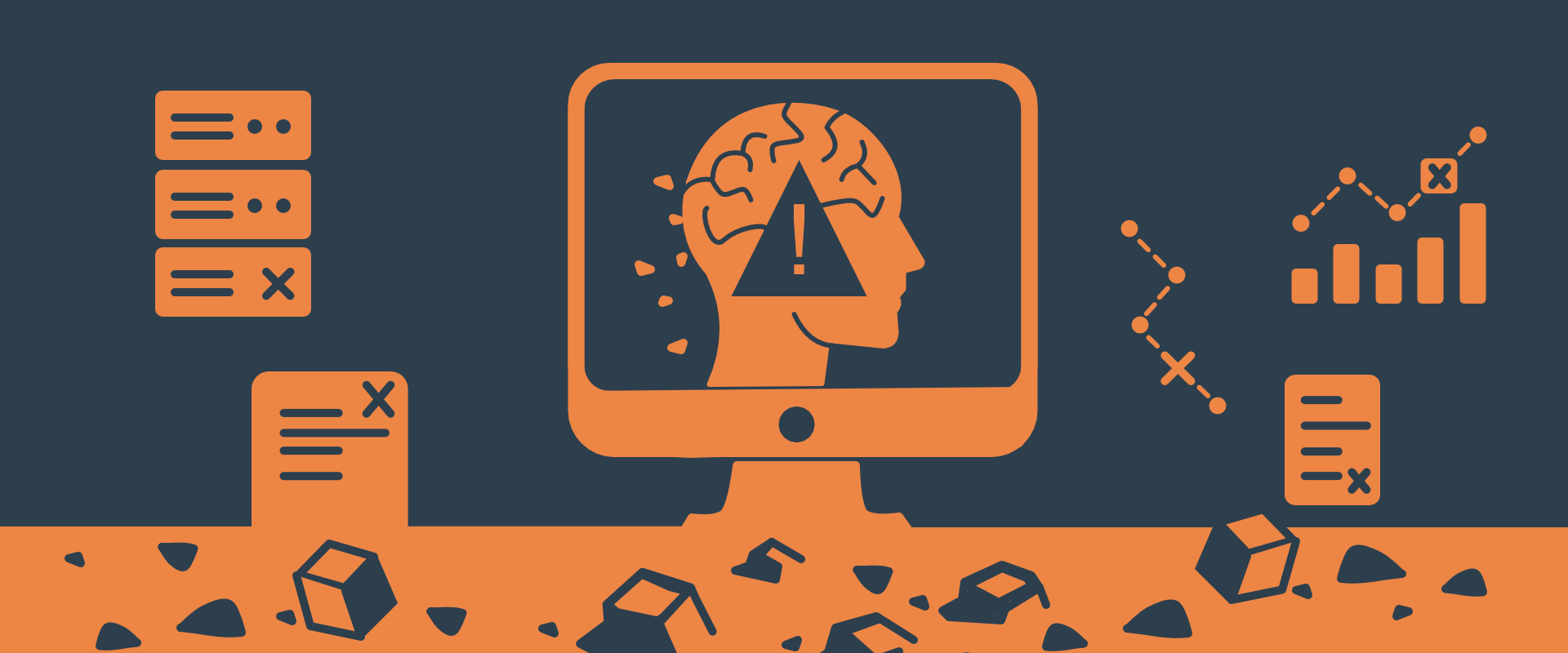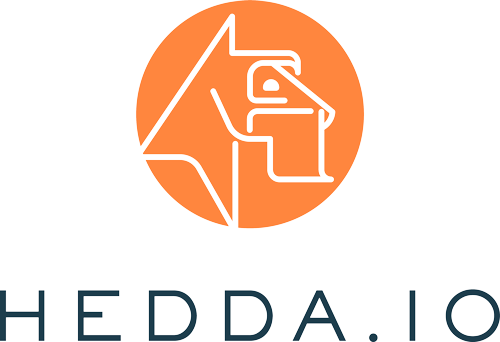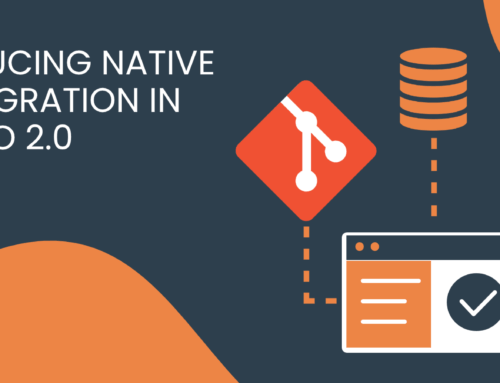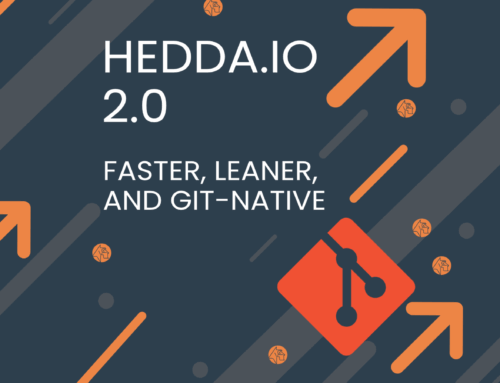
Machine Learning and AI – Built on Sand Without Data Quality
Why Dirty Data Silently Undermines Even the Smartest Models
The rise of Machine Learning (ML) and Artificial Intelligence (AI) has changed what organizations expect from their data. From fraud detection and customer segmentation to language models and predictive maintenance — modern ML systems promise smarter systems, faster decisions, and a strong competitive edge.
But there’s a catch: No model is better than the data it learns from. And all too often, that data is incomplete, inconsistent, outdated — or just plain wrong.
The Hidden Cost of Poor Data Quality in ML & AI Projects
Let’s be clear: Data Quality issues don’t just lead to ugly dashboards or failed pipelines. In AI projects, bad data quietly undermines performance, credibility, and business value – until it’s too late.
When a model is trained on poor input, the risks compound:
Biased or Incomplete Training
Missing values, unbalanced datasets, or irrelevant features lead to biased predictions, especially in regulated domains like finance, HR, or healthcare.
Overfitting on Noise
Without strong domain validation, models often learn spurious correlations from artifacts or formatting issues — not from meaningful patterns.
Model Drift and Decay
Subtle shifts in input data (e.g., format changes, new categories, unit mismatches) degrade model performance over time. Without monitoring, this goes unnoticed until failure is visible.
Regulatory and Ethical Risks
Training models on incorrect or poorly governed data can lead to GDPR violations, discrimination, and reputational damage — especially if AI decisions affect customers directly.
Lost Time and Trust
Every ML project that fails due to data issues — even if technically “correct” — erodes business confidence in AI. Worse: teams waste time tuning models, writing fallback code, or redoing feature pipelines when the real problem is upstream data quality.
In short, without quality data, AI doesn’t just slow down. It misleads.
What Gets Overlooked in Typical AI Pipelines
Modern ML stacks are great at automating training, tracking experiments, and deploying models.
But they often assume that the input data is:
- Well-structured
- Semantically valid
- Consistently formatted
- Free of duplicates, nulls, or outdated references
In reality, these assumptions break constantly — especially when datasets are cobbled together from multiple systems, vendors, or manual entry. And because ML teams are typically downstream from where data originates, they rarely see these issues early.
How HEDDA.IO Solves the Data Quality Gap
Solving this challenge isn’t about blaming data engineers or adding more code to notebooks.
It’s about making data validation and rule logic a first-class part of the ML lifecycle.
Here’s how HEDDA.IO supports this shift:
- Upstream Validation Before Feature Engineering
With HEDDA.IO, organizations can validate incoming data before it enters the model pipeline — using declarative rules that capture domain knowledge (e.g., “Revenue must be > 0 and in EUR”, “Category must be from controlled vocabulary”, “No future birthdates”).
This prevents invalid records from entering the ML process, reduces post-hoc filtering, and keeps the focus on modeling, not data cleaning.
- Reusable Business Rules Across Environments
Validation logic is version-controlled, environment-aware, and can be reused across Databricks, Microsoft Fabric, Python notebooks, and even Excel.
This enables consistent data quality checks in dev, test, and production, minimizing model drift and debugging headaches.
- Monitoring and Alerts for Input Drift
HEDDA.IO’s monitoring features allow teams to define thresholds and receive alerts when data starts behaving unexpectedly — e.g., “Null rate > 5%”, “New values in column”, or “Out-of-range inputs”. This gives teams early warning signals long before a model’s performance drops or KPIs fall apart.
Make Your AI Models Learn from the Right Data
If your ML models depend on real-world data — and they all do — then investing in robust, rule-based data quality is not optional. We’d love to show you how HEDDA.IO can integrate into your existing pipeline and help your models learn from the right data — not just any data.
By the way: we’ll be at the European FabCon in Vienna!
Come find us at our booth — we’re happy to dive deeper, show demos, and exchange ideas on how to bring data quality and AI together in a meaningful way.






